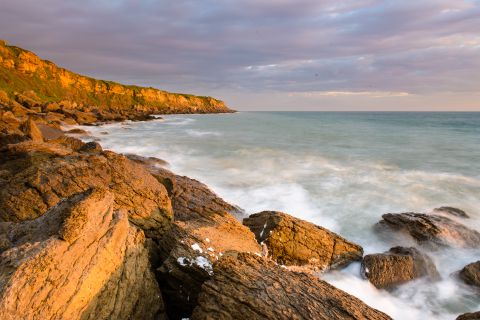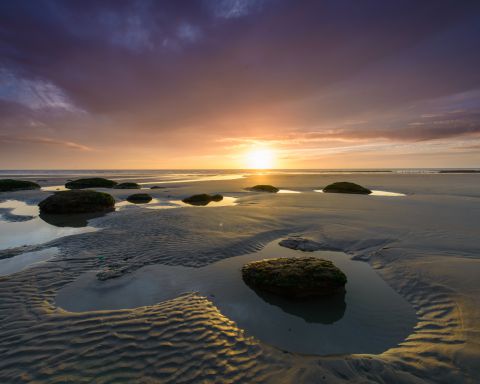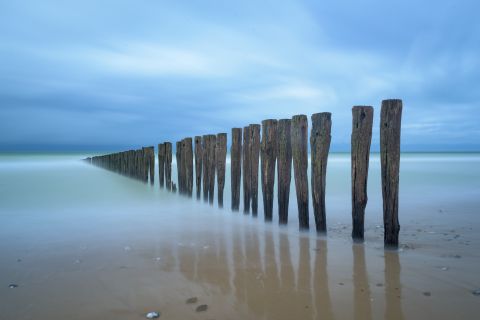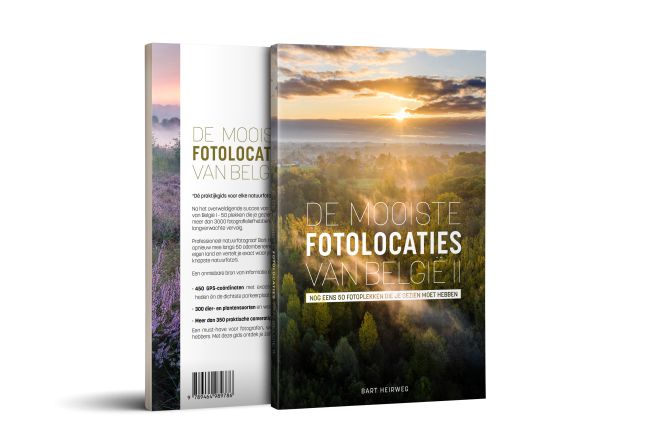Côte d'Opale

Access
The area is easily accessible by following the A16 highway direction Calais if you are coming from the south of France or direction Boulogne-sur-Mer if you are travelling from the north. On the A16 highway, take exit 38 direction Wissant for the northern part of the Côte d’Opale or exit 40 direction Rinxent/Marquise to visit the southern part of the area.
Visitors from the United Kingdom can take the ferry or train to Calais and then follow the A16 south for about 15 minutes, direction Boulogne-sur-Mer.
Most beaches and cliffs can be accessed from a nearby car park and are free of charge. Pay attention to what you leave behind in your car, car thieves know that the area attracts a lot of tourists and are always on the lookout.

What to Find
The Côte d’Opale is best known for its two famous cliffs: Cap Blanc Nez and Cap Gris Nez. The former is a 134 meter high chalk cliff situated near the village of Escalles. A walking path along the cliff takes you all the way up to the top of the cape. On your way up you can photograph gulls and Fulmars which breed on the cliffs during spring and summer and fly in and out to feed their young.
The beach below the cliffs is definitely worth a visit as well. At low tide you will find a far stretched beach with textured sand, tidal pools and streams. The stripe of the beach closest to the cliffs is seeded with rocks and boulders of all sizes, which can all make an excellent foreground interest.
At the end of the day, when the warm color of the setting sun gives the cliffs a golden texture it is time to look for their reflections in the wet sand and try to create some unusual images.
Six kilometers south of Cap Blanc Nez, near Audinghen, lies Cap Gris Nez. Like its name already assumes and contrary to its neighbor Cap Blanc Nez, the cliff is gray colored due to the presence of sandstone and clay. Descending the cape is not easy but is definitely worth the effort. The narrow strip of beach is covered with large boulders which not only make an excellent foreground interest but can be used as a subject of their own, especially when reflecting the colors of the last light of day. Use a slow shutter speed to create a milky effect on the water and you can really make some atmospheric images.
The sand beach north of the cape offers a lot of possibilities as well: the remains of a shipwreck, the rocks and boulders, the tidal pools and streams and the mussel banks can all make an interesting subject.
Besides all those beautiful beaches and cliffs, the Côte d’Opale also has a few very photogenic villages. Audresselles, just south of Cap gris nez, probably is my personal favorite. The small white houses next to the beach of Audresselles just scream for a photograph, when they are side lit by the setting sun. A little further south you’ll find the village of Ambleteuse where Fort Mahon, build at the end of the 17th century by Sébastien Vauban, is definitely worth a visit as well.
The area more inland is a mixture of sloping hills and farmland. In spring, when the green crop is at its best, the lovely play of lines and a bit of fog can make stunning pictures.
However, the Côte d’Opale offers more than just landscapes. The nature reserve, Le Platier d’Oye, north of Calais is a very important refuge for breeding, migrating and wintering birds. This large stretch of beach covers a variety of different biotopes like beaches, dunes, estuaries and wet grasslands. It is the ideal place to find birds like egrets, waders, terns and occasionally a rare migrant. It is also the breeding place of less common species like Pied Advocet, Little Ringed Plover, Sandwich and Little Tern, Western Marsh Harrier and Mediterranean Gull.
Finally, it is worth mentioning that this area is also a great location for archeologists and geologists, as fossils from the Jurassic period and different kind of minerals can be found on the fore shore at low tide. But mind you: it is forbidden to use hammers and chisels to collect the fossils!

Light
Best time of year is probably winter, with the sun staying low enough, giving you soft light and the opportunity to photograph the whole day. The coast is westerly oriented so the best light is found around sunset.
Bright days with a few clouds in the sky are probably the best choice if you like magnificent sunsets. Once the sun has disappeared below the horizon don’t leave just yet, the most striking and unusual light is often found about a half hour after sunset.

On overcast days, when light is dull, you should head out for the beach as well and focus on “intimate landscapes”. Nice rock formations and colorful boulders can be found anywhere on the beaches. Even dark and stormy days give you the opportunity to create dramatic images with dark moody skies and waves crashing on the boulders along the beach.
Good to Know
The Côte d’Opale is a favorite destination for tourist and day trippers so the beaches can get quite busy during holidays and in the weekends, especially in summer. Therefore, if you don’t want people spoiling your picture or leaving footprints in the sand, it might be better to visit the area during the week or in the early morning or late evening.
A good set of graduated ND filters, a polarizer filter and a sturdy tripod are indispensible for the landscape photographers among us.
Finally, before you leave for the beach, be sure to check the tide times and heights if you don’t want to get caught in by high tide or find that some of the beaches are inaccessible. I prefer to wear a pair of plastic boots so I can wade through shallow pools and tidal streams.
More Information
There is no official website about the area, but a quick search on Google will give you plenty of information.
Accommodation can be easily found since there are plenty of small hotels and bed and breakfasts around. You can get touristic information on http://www.tourisme-boulonnais.fr/uk or http://www.cote-dopale.com and if you prefer to book a bed and breakfast in advance, you can search the official website http://www.gites-de-france.com for department Pas-de-Calais.
More information on the tides can be found at http://tide.frbateaux.net/6.
